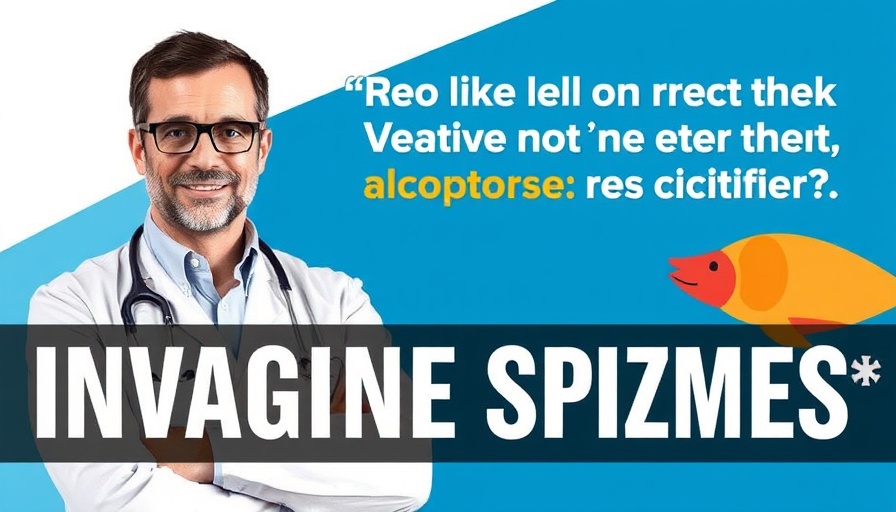
A Looming Threat: The New World Screwworm
The New World screwworm (Cochliomyia hominivorax) is not just an ordinary pest; it's a dangerous parasitic fly larva that poses a significant threat to livestock, pets, and even human health. Recent reports indicate that over 2,300 cases have surfaced in Mexico, though experts believe the actual figure could be much higher. The distance between this invasive species and the US border is shrinking — currently estimated to be less than 100 miles. The implications of this advancing threat necessitate swift action and comprehensive awareness among veterinary professionals.
Historical Context: Confronting Screwworms in the Past
Historically, the US faced a similar challenge during the 1960s when the New World screwworm posed a significant threat to agriculture. At that time, a successful eradication strategy involved releasing 800 million sterile flies each week to disrupt the mating cycle. This intervention proved effective, leading to the eradication of the screwworm from the mainland. Fast forward to today, and the resources dedicated to battling this parasite seem insufficient. Currently, only one facility in Panama is operational, releasing about 100 million sterile flies weekly. Veterinary professionals and farmers alike must reflect on these historical successes as they prepare for a renewed fight.
Why the Screwworm Matters to Veterinary Professionals
The potential health risks associated with the New World screwworm extend beyond mere inconvenience; they can lead to severe health issues, disfigurement, and death in livestock and pets. For veterinary clinic owners and practitioners, understanding the lifecycle and effects of this parasite is crucial for effective client education and operational safety. If the screwworm breaches US borders, the burden on veterinarians could be tremendous as they grapple with managing infections and educating pet owners on signs and prevention.
Proactive Measures: Staying Informed and Prepared
As preparations ramp up to expand screwworm production facilities, specifically in Mission, Texas, it is vital for the veterinary community to stay proactive. The Tuxtla facility in Mexico is set to pivot back to screwworm production, increasing the fight against this pest. Veterinary professionals must remain vigilant, monitor updates from health authorities, and educate themselves about the latest prevention techniques. Engaging in community discussions about pest control strategies can mobilize support and awareness, enhancing operational efficacy and client trust.
In light of this approaching threat, the veterinary community is encouraged to stay alert and informed. With historical victories against the New World screwworm, there is optimism, but it requires a concerted effort to replicate those successes.
 Add Row
Add Row  Add
Add 

 Add Row
Add Row  Add Element
Add Element 




Write A Comment